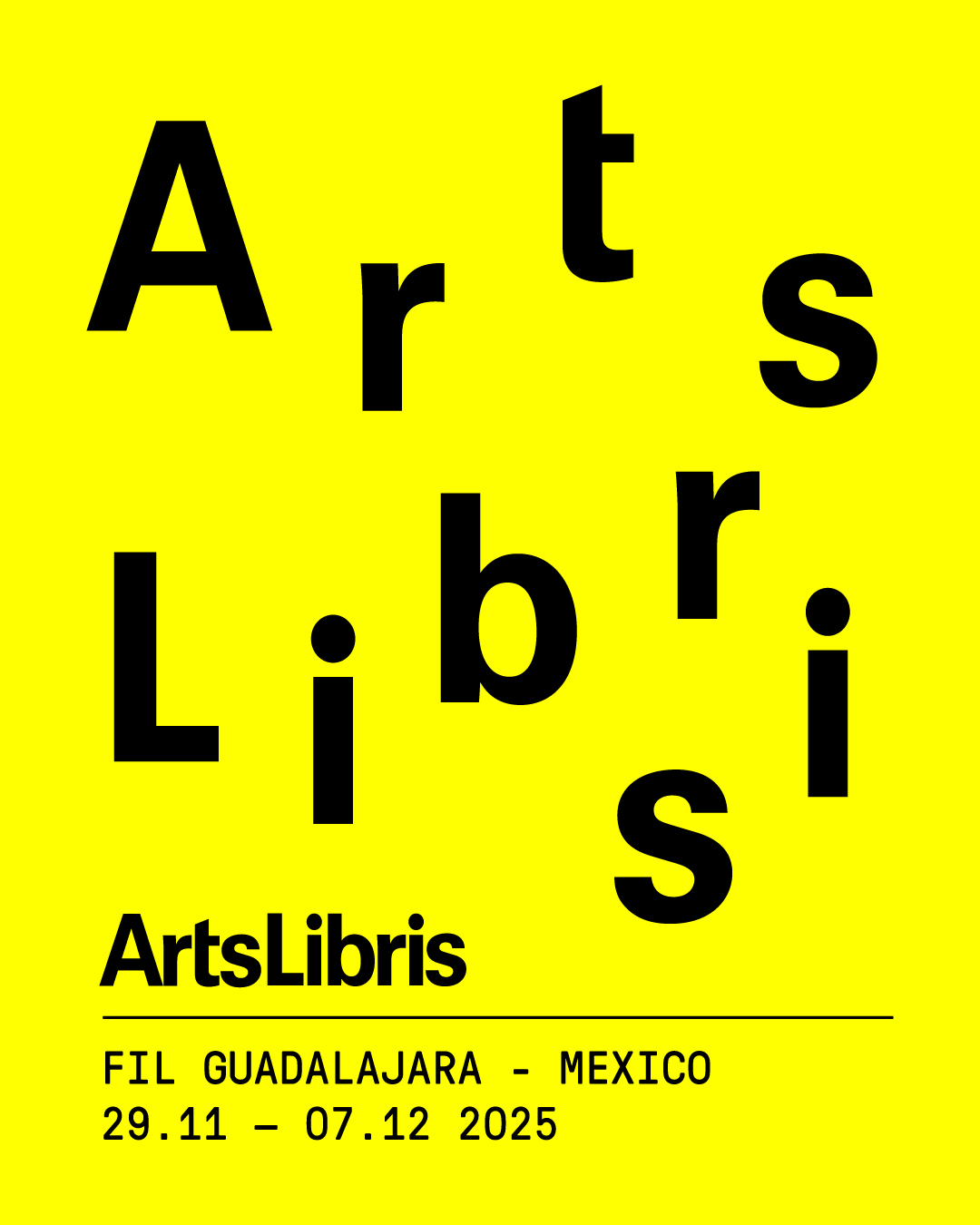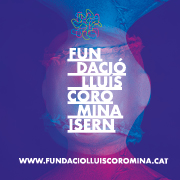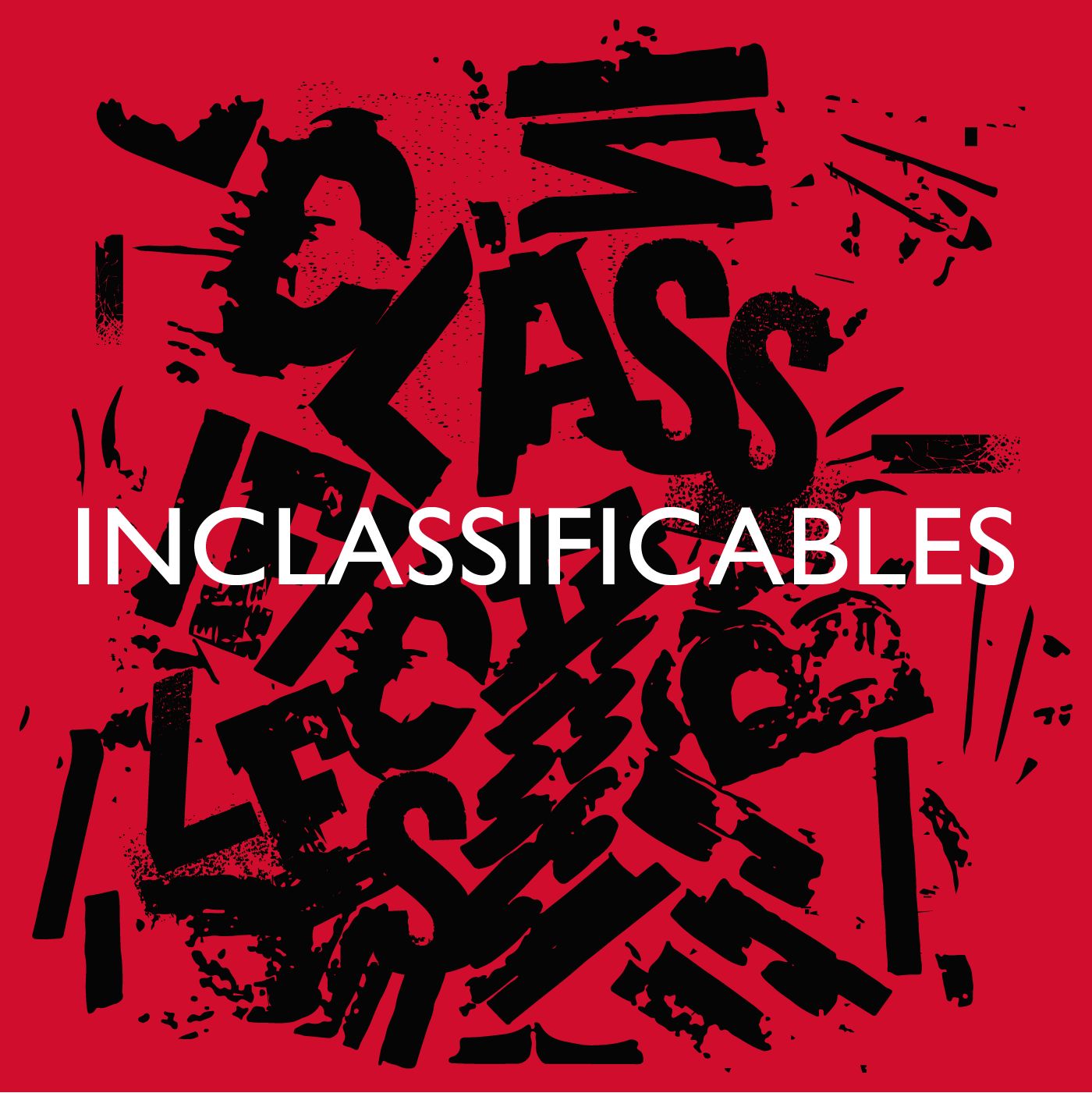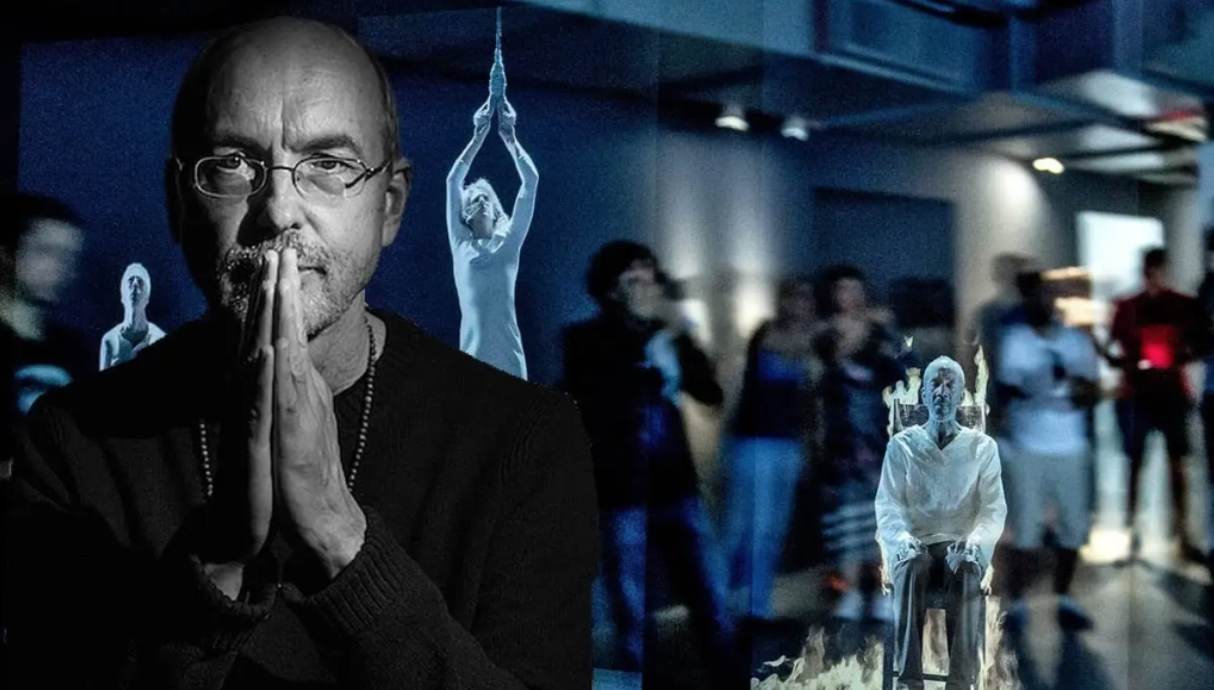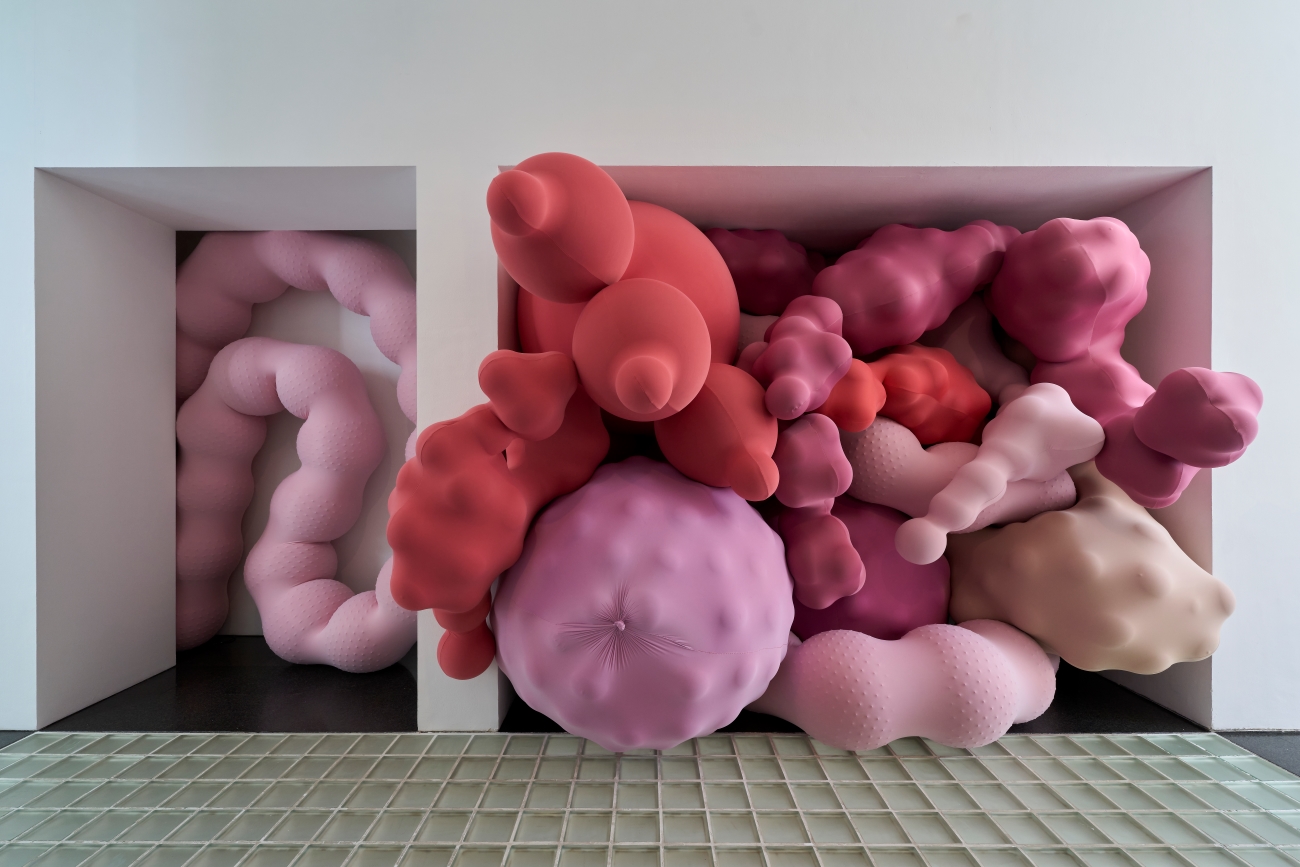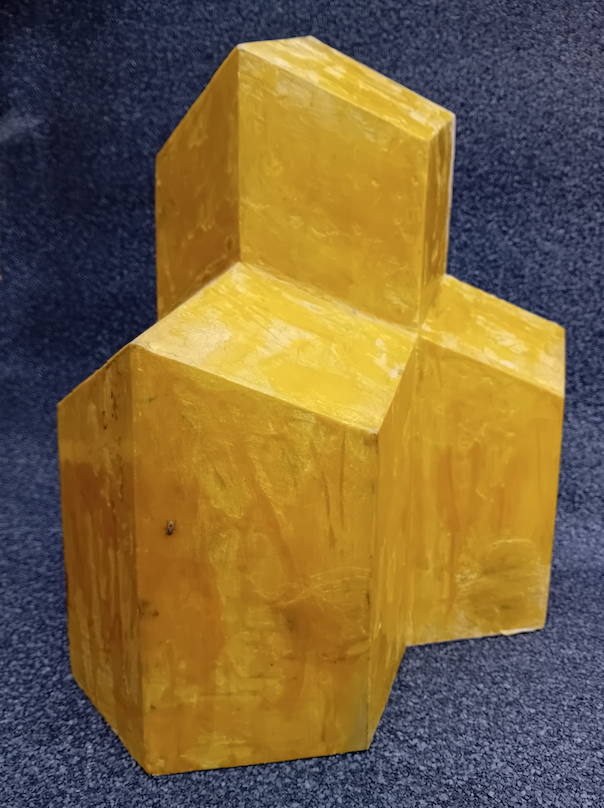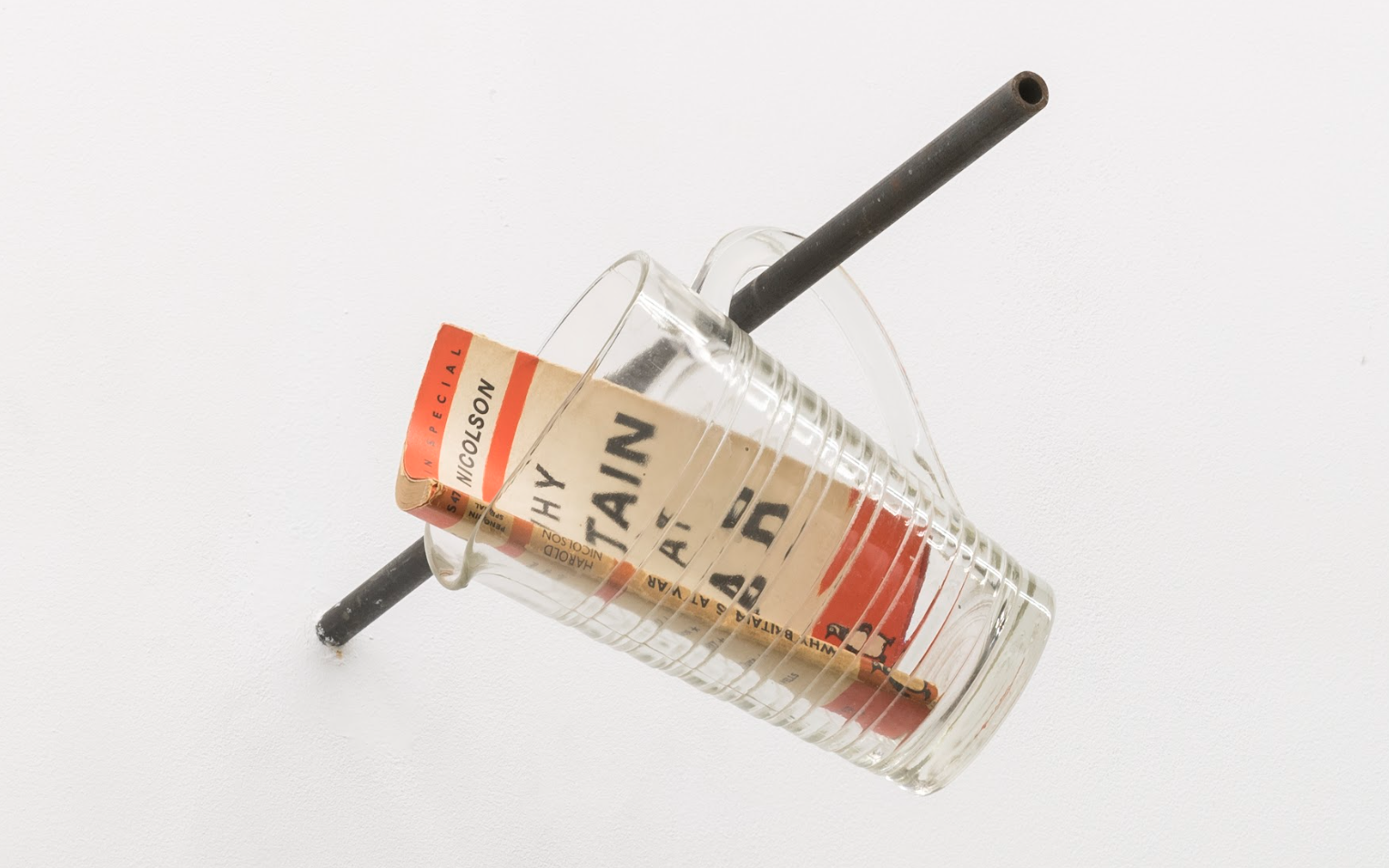Exhibitions
Autumn exhibitions at Fundación Mapfre
Henri Cartier-Bresson. WATCH! WATCH! WATCH! and KBr Flma'24 can be visited from October 10 to January 26, at the KBr Fundació MAPFRE photography center
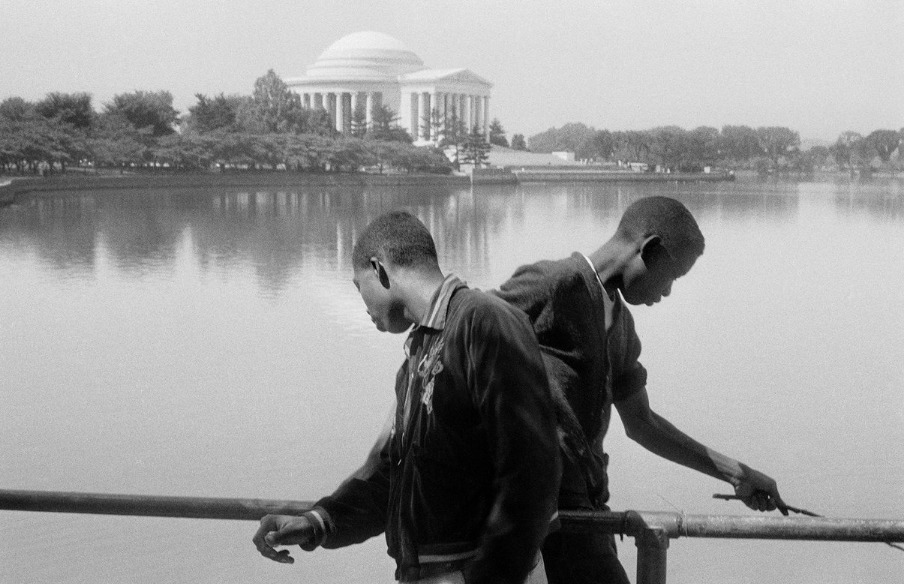
Fundación MAPFRE will focus its cultural program this autumn on a total of five exhibitions in its halls in Madrid and Barcelona . The exhibitions dedicated to painting continue the usual line of the institution, which revolves around the art of the end of the 19th century and the first half of the 20th. For their part, the photography ones will be dedicated to the protagonists of the medium throughout the 20th century .
In addition, a cycle of conferences on collecting and Spanish and Spanish-American patronage will be held in Madrid, and a workshop with the photographer Nicholas Nixon will be held in Barcelona.
To end the year, three more exhibitions will open in Madrid, which can be visited from September 19 to January 5.
The first, Paul Durand-Ruel and the last flashes of impressionism , has a double objective: on the one hand, to make the public aware of the figure of this great dealer and patron, who protected the art of his period both from his Parisian gallery and from those in London and New York. And on the other, to contextualize and value the work of five artists of the post-impressionist generation, whose work has not been sufficiently studied. Some were very similar to impressionism and the style of the Pont-Aven circle, as is the case of the landscape and marine artists Henry Moret, Maxime Maufra and Gustave Loiseau ; while Georges D'Espagnat and Albert André favored genre scenes, portraits and decorative painting close to the Nabís.
The exhibition, curated by Claire Durand-Ruel Snollaerts, is also an opportunity to discover both the working and personal relationship of Durand-Ruel with his "protégés" and presents, for the first time, a significant number of works from private collections that have never been exhibited. On the other hand, on the tour, three doors of the Parisian apartment of Joseph Durand-Ruel are reconstructed thanks to the exceptional meeting of the different panels that made them up and which were made by Georges D'Espagnat and Albert André.
Exhibition organized by Fundación MAPFRE with the collaboration of ACPA (Advising Curating Producing Art).
The second exhibition deals with the work of Arthur H. Fellig, known under the pseudonym of Weegge (Zolochiv, Ukraine, 1899 – New York, 1968). The career of this photographer seems to be divided into two parts. On the one hand, the events he photographed for the New York press between 1935 and 1945; on the other, the photocaricatures of public figures that he developed in his time in Hollywood, between 1948 and 1951, and that he continued to practice until the end of his life.
The exhibition Weegee, autopsy of the show presents these two sides of his career while showing that, beyond the formal differences, the photographer's approach to both was based on an undeniable critical coherence.
Within Weegee's work, the question of spectacle is omnipresent. In the first part of his career, which in historical terms corresponds to the rise of the sensationalist press, he actively participated in the transformation of fact into spectacle. To make this clear, he often included viewers or other photographers in the foreground of his images. In the second half of his career, Weegee laughed at the spectacle of Hollywood: its ephemeral glories, its adoring crowds and its mundane surroundings. Exhibition organized by the Fondation Henri-Cartier Bresson in collaboration with Fundación MAPFRE.
31 women: an exhibition by Peggy Guggenheim is the title of the third exhibition that can be seen in Madrid, which highlights Guggenheim's patronage work and addresses the context in which the women creators developed their work with which he worked on from his New York gallery, as well as the collaborative networks that were established between them.
In 1943, the collector Peggy Guggenheim organized, at her Art of This Century gallery in New York, the exhibition entitled " Exhibition by 31 Women ", one of the first in the United States to exclusively exhibit the work of women. One of Guggenheim's goals was to value the contribution of women artists, often despised by the patriarchal gaze of the time as muses, imitators or companions of famous male artists. The artists selected by 31 Women—which included both established names and emerging talent—came from Europe and the United States and were mostly linked to surrealism or abstract art.
This exhibition, curated by Patricia Mayayo, presents a selection and reinterpretation of the funds of The 31 Women Collection, a private collection that wanted to bring together the artists who were present in the historic exhibition. The tour offers an approach to some of the main themes and key strategies that these creators explored in order to assert their independence and avoid the clichés associated with the label "woman artist" in the artistic world of the period.
In Barcelona, the year will close with the exhibition Henri Cartier-Bresson WATCH! WATCH!, one of the most recognized photographers of the 20th century.
In addition to an important personal work sometimes linked to the artistic movements of the moment, he stood out as a photojournalist and portraitist. He created timeless compositions and marked the style of subsequent generations of photographers. With his talent for the "decisive moment", he captured spontaneous encounters and situations. His works, now icons, made him an important representative of street photography.
Fundación MAPFRE, in collaboration with the Bucerius Kunstforum in Hamburg, dedicates this great exhibition to the co-founder of the legendary photography agency Magnum. In addition to early Surrealist-influenced photographs and film works, as well as political photo reports, Cartier-Bresson's portraits of well-known artists and writers and his later photographs, focusing on everyday human behavior, will also be on display.
The exhibition, curated by Ulrich Pohlmann, presents 240 original photographs, as well as numerous publications in magazines and books, which shed light on the work of the photographer's entire life, from the 1930s to the 1970s.
In parallel, you can visit a new edition of KBr Flama , a project that arises from the close collaboration between the photography center KBr Fundación MAPFRE and the institutions Idep Barcelona, IEFC, Elisava, Faculty of Design and Engineering of Barcelona and Serra i Abella, with the aim of introducing the new generations of photographers.
The exhibition KBr Flama '24 brings together the works of Laura Aranda Lavado (Granollers, 1994), Estefania Bedmar (Cerdanyola del Vallès, 1989), Malu Reigal (Murcia, 1992) and Alain Rojas Pastor (Esplugues de Llobregat, 1987), selected thanks to the work of a jury formed this time by Carles Guerra, Silvia Omedes and Arianna Rinaldo.


